Key Takeaways:
- Waterproof sleeping bag covers are essential for keeping your sleeping bags dry in damp conditions.
- Choosing the right materials and size is crucial for durability and comfort.
- Lightweight and compact covers are ideal for backpacking and camping adventures.
Introduction to Waterproof Sleeping Bag Covers
Imagine yourself camping outdoors, sleeping under the open sky with the ground as your bed. Suddenly, rain begins to fall, highlighting the importance of being prepared for all weather scenarios. Without a waterproof sleeping bag cover, your cozy sleeping bag could quickly become wet. These covers are more than just accessories; they are indispensable for anyone camping or backpacking in wet weather.
Waterproof sleeping bag covers act as a protective shield, guarding your sleeping bags against moisture and condensation. They keep you dry and comfortable, ensuring a restful night's sleep even when the weather turns unfavorable. Whether you're camping in a tent or under a tarp, these covers serve as your first line of defense against the elements.
Benefits of Using a Waterproof Cover
A waterproof sleeping bag cover provides many benefits for outdoor enthusiasts. Primarily, it serves as a barrier against wet conditions, keeping your sleeping bag’s insulation dry and effective. This is especially important during unpredictable backpacking or camping trips where rain or snow may occur. Additionally, a waterproof cover helps reduce condensation inside your tent, which can otherwise compromise your sleeping bag’s insulation. It also adds an extra layer of protection against wind and cold, making it essential for extended use in harsh weather. By keeping your sleeping bag dry and warm, a waterproof cover ensures you enjoy a comfortable night’s rest regardless of the conditions.
Why You Need a Waterproof Sleeping Bag Cover
Staying dry is vital when you’re out in nature. A waterproof sleeping bag cover ensures your sleeping bag stays dry even if your tent or tarp fails to keep moisture out. This is particularly important in wet environments where water can seep through small gaps. Such gear is a must-have for any camping trip.
Moreover, these covers are lightweight and compact, perfect for backpackers. They provide a protective layer without adding much weight to your pack. This means you can carry them easily on your adventures, staying prepared for unexpected weather.
Types of Waterproof Covers
There are various types of waterproof sleeping bag covers available, each with unique features. For those prioritizing weight and space, lightweight, compact covers made from breathable fabrics like Pertex Quantum Pro or Dry-Tec are ideal. These materials offer excellent water resistance while allowing moisture to escape, preventing condensation buildup. Full-length water-repellent covers with YKK Aqua Guard zippers make inserting and removing your sleeping bag easy and convenient. Taped seam covers offer extra durability and waterproofing for long-term use in tough conditions. Some covers include glow-in-the-dark zipper pulls for easy use at night. Others have extra-long cuts to accommodate gear or shoe liners, keeping essentials dry and accessible.
Materials Matter: Choosing the Right Cover
The effectiveness of a waterproof sleeping bag cover largely depends on its materials. Look for covers made from high-quality, durable fabrics that can withstand extended use, especially those with waterproof membranes. Common choices include nylon and polyester, both prized for their water resistance.
Breathability is also key. While you want to keep water out, it’s important to prevent condensation inside the cover. Breathable fabrics allow moisture to escape, helping keep your sleeping bag dry and comfortable throughout the night.
Key Features to Look for
When selecting a waterproof sleeping bag cover, consider these features to enhance your camping experience:
- Waterproof Material: Opt for covers with a high water column rating (e.g., 1000 mm) for excellent moisture protection.
- Breathable Fabric: Choose breathable materials to minimize condensation inside the cover.
- Taped Seams: Look for taped seams to improve durability and waterproofing.
- Lightweight and Compact Design: A lightweight, compact cover is easy to carry and perfect for backpacking.
- Closure System: Seek convenient zipper or drawcord closures that provide a snug fit.
- Glow-in-the-Dark Zipper Puller: This feature aids in easy use in low light.
- Extra-Long Cut: Covers with extra length offer space for gear or shoe liners, keeping items dry.
Size and Fit: Getting It Right
Size matters when choosing a waterproof sleeping bag cover. A cover that’s too small won’t provide adequate protection, while one that’s too large can be bulky and hard to manage. Aim for a cover that fits your sleeping bag snugly to maximize protection.
Measure your sleeping bag and select a cover that matches its dimensions. Many covers fit standard sizes, but it’s wise to verify before purchasing. A well-fitting cover works seamlessly with your sleeping bag to keep you dry and cozy.
Lightweight and Portable: Perfect for Backpacking
Backpackers need to keep weight to a minimum. An ultralight waterproof sleeping bag cover is essential for maintaining a manageable pack. These covers are designed to be compact and easy to carry, making them a valuable addition to your gear.
Despite their light weight, these covers provide reliable protection against wet weather, ensuring your sleeping bag remains dry wherever you go. Adding a lightweight cover to your pack lets you enjoy the outdoors without worrying about the weather.
Color and Style: More Than Just Looks
Functionality is important, but the color and style of your waterproof sleeping bag cover also matter. Bright colors make your gear easy to spot in busy campsites, helping you find it quickly.
Alternatively, muted or camouflage colors blend with nature, offering a more immersive outdoor experience. Whether you want your cover to stand out or blend in, there are options to suit your preference.
Price and Value: Making the Right Investment
Price is a key factor when purchasing a waterproof sleeping bag cover. While cheaper options might be tempting, it’s important to consider the value you receive. Higher-priced covers made from durable materials often last longer and provide better protection.
Think of your cover as an investment in comfort and safety. A quality cover keeps your sleeping bag dry and extends its lifespan, saving you money in the long run. Spending more upfront can be worthwhile for a product that withstands the elements.
Real-Life Examples: Stories from the Trail
Campers often share stories about how their waterproof sleeping bag covers saved their trips. One hiker recalled a sudden downpour that turned their campsite into a swamp. Thanks to their cover, their sleeping bag stayed dry, allowing them to continue enjoying their adventure.
Another camper described how their cover prevented condensation inside their tent, keeping their sleeping bag dry despite humid conditions. These stories highlight why a reliable cover is essential gear for any outdoor enthusiast.
Tips for Maintaining Your Waterproof Sleeping Bag Cover
To keep your waterproof sleeping bag cover in excellent condition, regular maintenance is crucial. After each trip, clean it according to the manufacturer’s instructions to remove dirt and debris. This helps preserve its water-repellent properties and prolongs its lifespan.
Store the cover in a cool, dry place when not in use. Avoid prolonged exposure to direct sunlight, as UV rays can damage the material. Proper care ensures your cover continues to protect your sleeping bag on many adventures.
Final Tips and Considerations
Keep these final tips in mind when using a waterproof sleeping bag cover:
- Check the Weather: Always check the forecast before your trip and pack accordingly.
- Use with a Breathable Sleeping Bag: Pair your cover with a breathable sleeping bag to reduce condensation.
- Consider Weight and Bulk: Factor in the cover’s weight and size when packing, especially for backpacking.
- Look for Added Features: Features like taped seams and glow-in-the-dark zipper pulls enhance durability and convenience.
- Follow Manufacturer’s Instructions: Adhere to care guidelines to maintain effectiveness and longevity.
Following these tips helps you maximize the benefits of your waterproof sleeping bag cover, ensuring dry, comfortable sleep on every outing.
Summary
Waterproof sleeping bag covers are essential for campers and backpackers. They protect against moisture and condensation, keeping your sleeping bag dry in wet conditions. By choosing the right materials, size, and style, you can improve your outdoor experience. Investing in a quality cover pays off with comfort and peace of mind on your adventures.
FAQ
Q1: Can I use a waterproof sleeping bag cover with any sleeping bag?
A1: Yes, most waterproof sleeping bag covers fit standard sleeping bags. However, it’s important to check the dimensions of both your sleeping bag and the cover to ensure a proper fit.
Q2: How do I clean my waterproof sleeping bag cover?
A2: Cleaning methods vary by manufacturer, but generally, you can wipe the cover with a damp cloth or hand wash with mild soap and water. Always follow care instructions to maintain water resistance.
Q3: Are there alternatives to waterproof sleeping bag covers?
A3: While waterproof covers are the most effective, some campers use tarps or bivy sacks as alternatives. However, these may not provide the same level of protection and convenience as a dedicated cover.

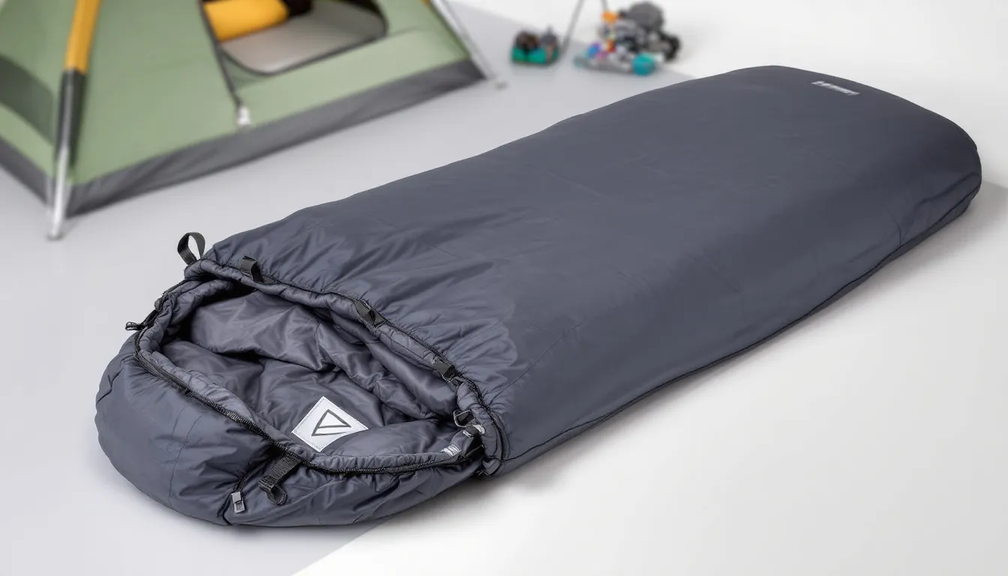
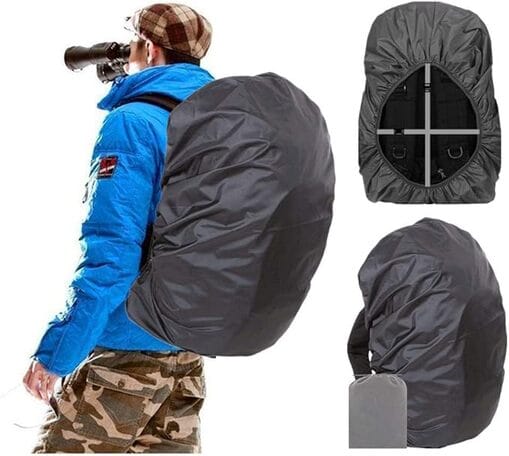
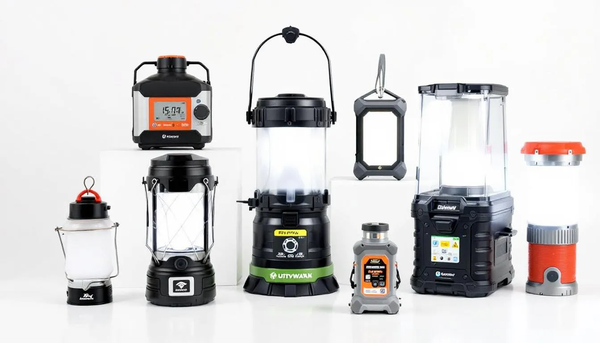
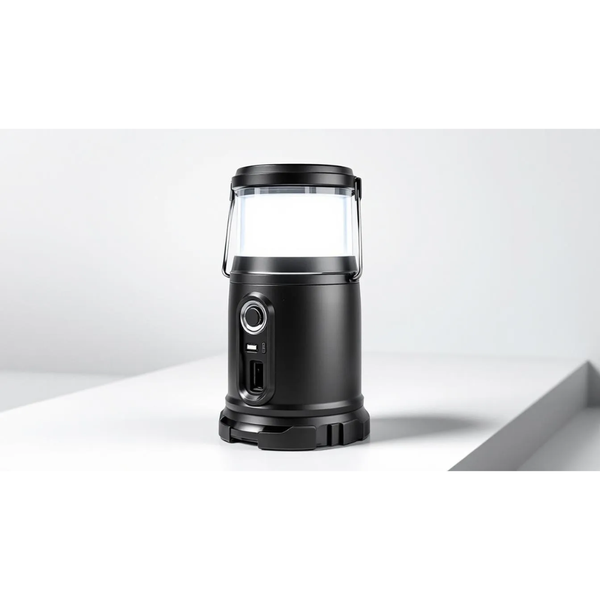
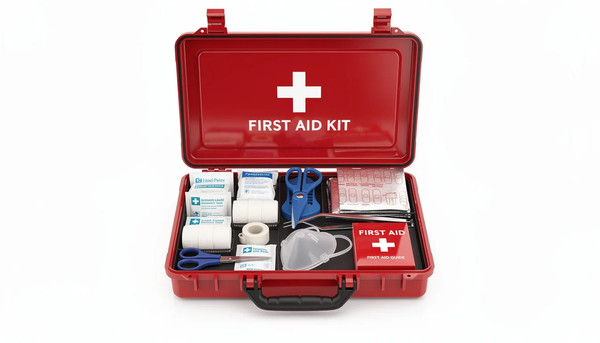
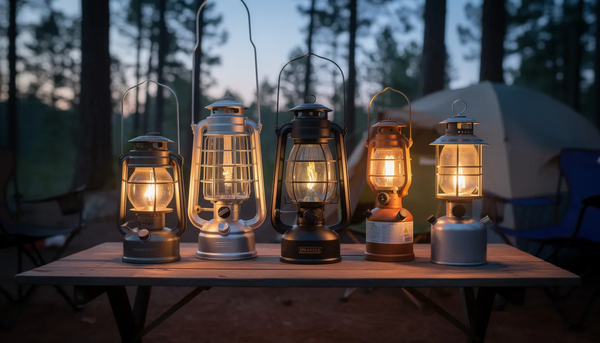
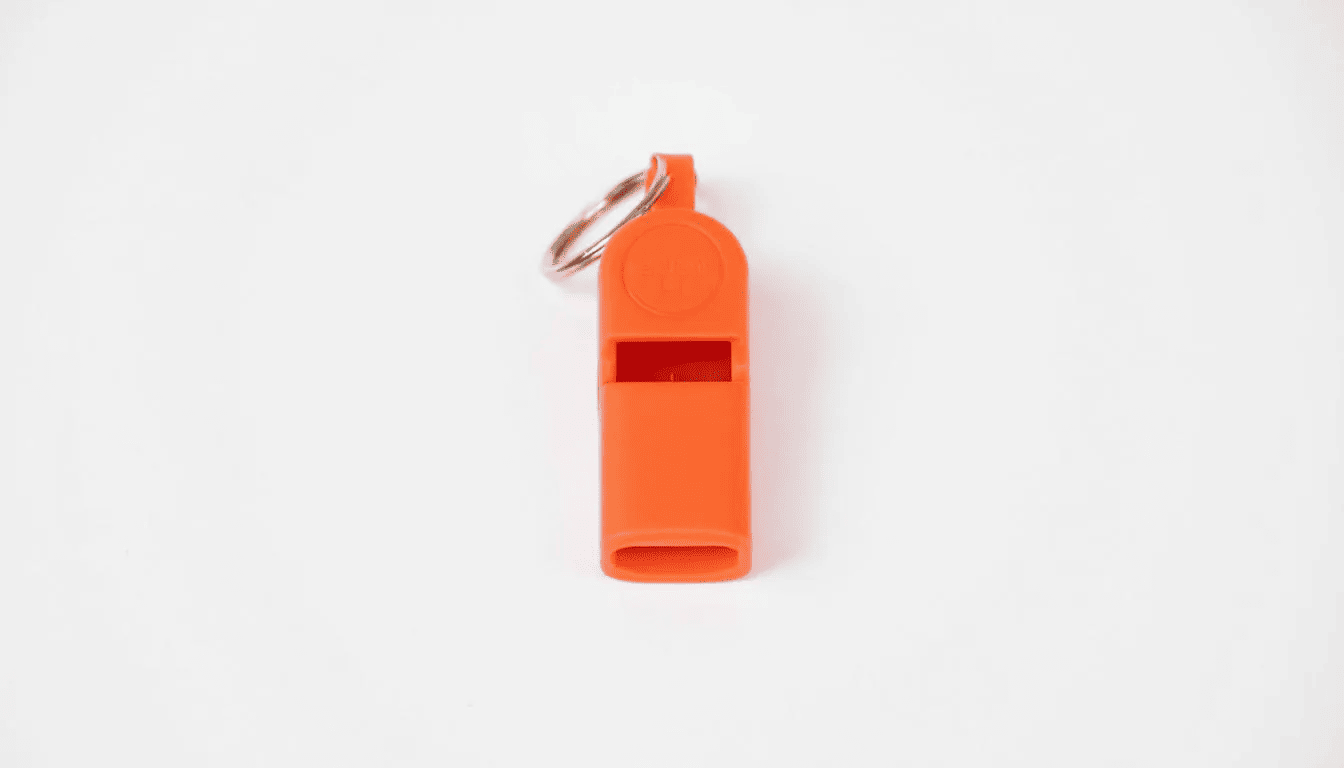
Member discussion